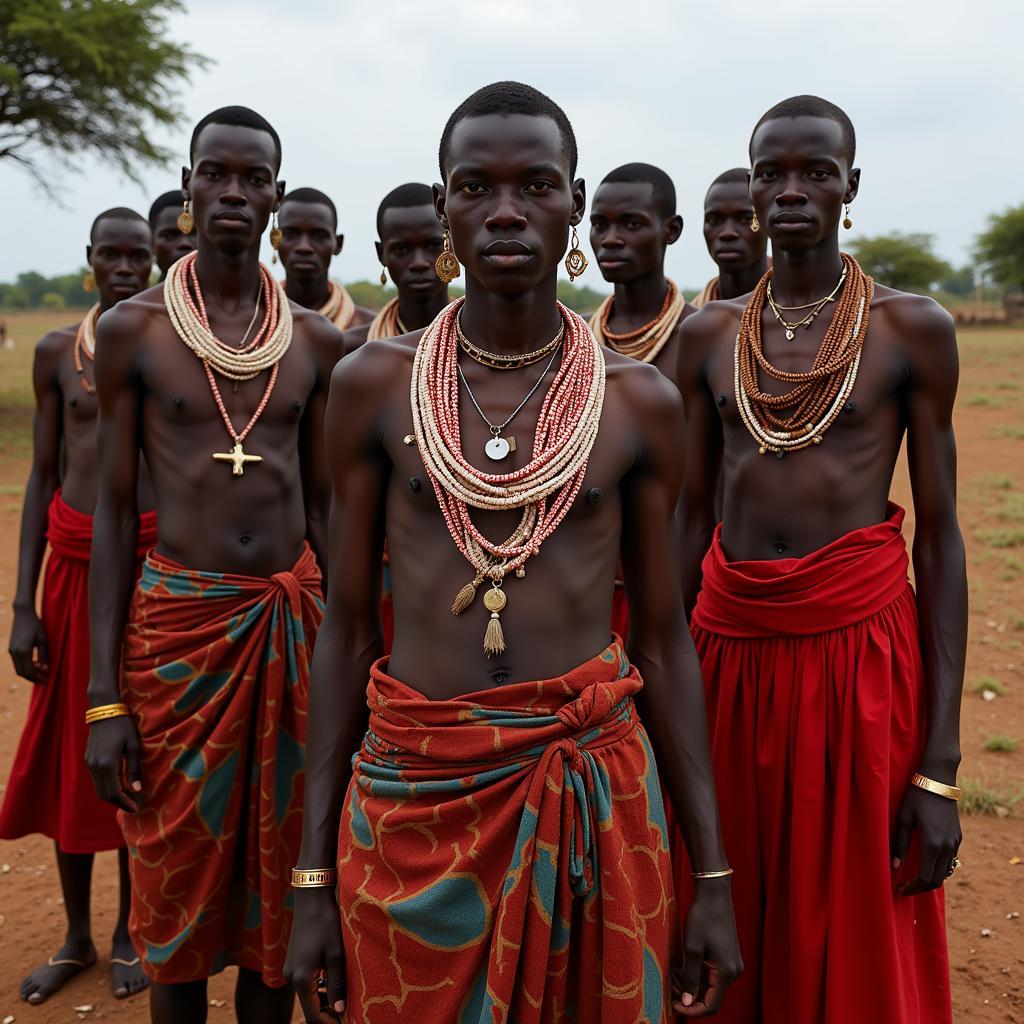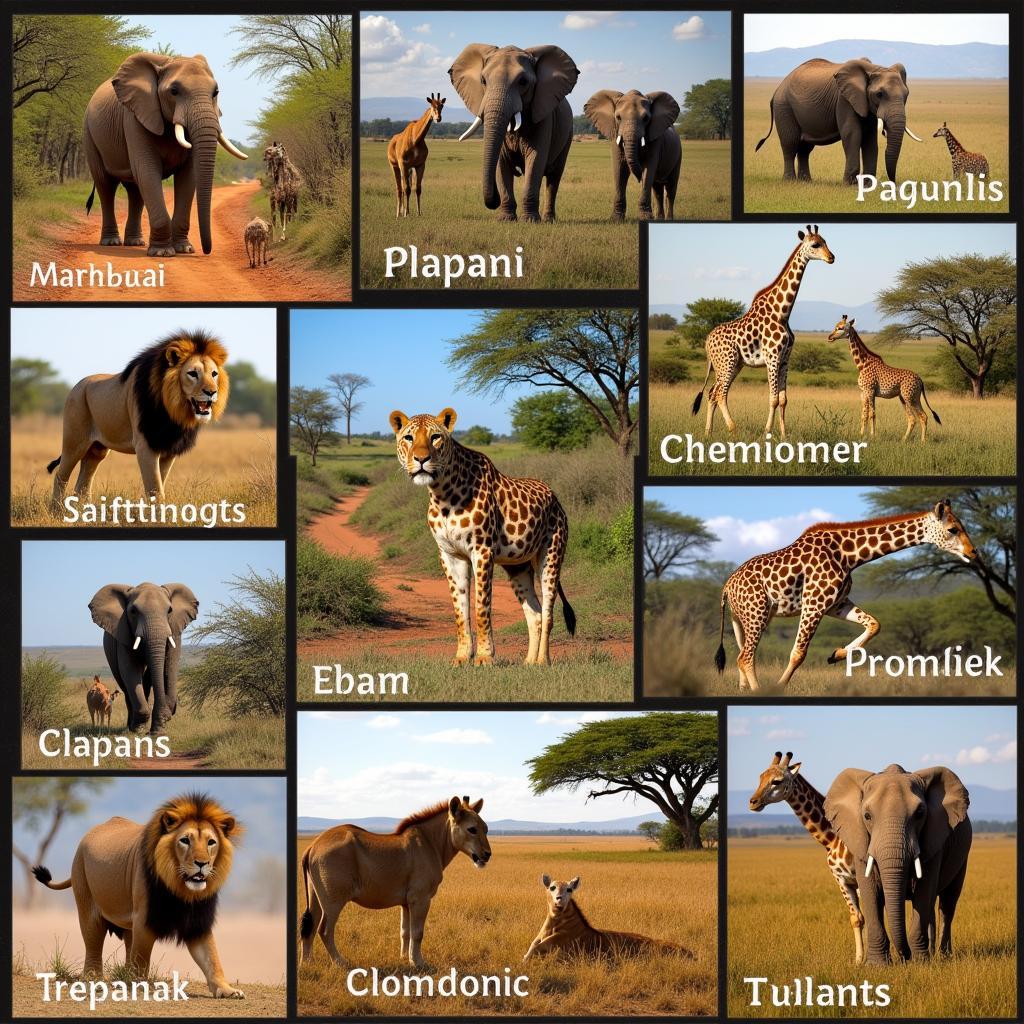The Devastating Impact of African Elephant Poaching
African Elephant Poaching remains a significant threat to the survival of these majestic creatures. The illegal hunting of elephants for their ivory tusks has decimated populations across Africa, disrupting ecosystems and impacting local communities. This article explores the complex issue of African elephant poaching, examining its causes, consequences, and the ongoing efforts to combat this devastating practice.
The demand for ivory, particularly in Asian markets, fuels the illegal trade, driving poachers to kill elephants for their tusks. Poverty and lack of economic opportunities in many African communities also contribute to poaching, as individuals are lured by the potential financial gains. Additionally, weak governance, corruption, and inadequate law enforcement create an environment where poaching can thrive. We need to understand these complex factors to effectively address this issue. Just after this paragraph, you’ll find a link to more information on the horrors surrounding this issue: African elephant horror.
The Consequences of African Elephant Poaching
The consequences of African elephant poaching extend far beyond the loss of individual animals. The decline in elephant populations disrupts ecosystems, as elephants play a crucial role in seed dispersal and habitat modification. This loss can have cascading effects on other species and the overall biodiversity of the region. Poaching also undermines tourism, a vital source of revenue for many African countries, and fuels organized crime and instability. Moreover, the emotional impact on communities that coexist with elephants and value their presence is profound.
The Economic and Social Impact of Poaching
African elephant poaching has significant economic and social repercussions. The loss of tourism revenue can devastate local economies, impacting livelihoods and development initiatives. Furthermore, poaching can lead to increased human-wildlife conflict, as elephants raid crops in search of food due to habitat loss. Addressing these multifaceted challenges requires a comprehensive approach that involves not only law enforcement but also community engagement and sustainable economic development. You can read more about African jungle wildlife in this helpful article: African jungle wildlife.
 Poaching Scene of an African Elephant
Poaching Scene of an African Elephant
Combating African Elephant Poaching: A Multi-pronged Approach
Efforts to combat African elephant poaching require a multi-pronged approach. Strengthening law enforcement, increasing penalties for poachers, and improving cross-border collaboration are essential steps. However, these measures alone are not enough. Engaging local communities, providing alternative livelihood opportunities, and raising awareness about the importance of elephant conservation are crucial for long-term success. International cooperation and the involvement of governments, NGOs, and local communities are also vital in the fight against poaching. Want to know more about elephant mating? Check this out: African bull elephant mating.
The Role of Technology in Anti-Poaching Efforts
Technology plays an increasingly important role in anti-poaching efforts. GPS tracking collars, drones, and DNA analysis are being used to monitor elephant populations, track poachers, and identify ivory trafficking routes. These technological advancements provide valuable tools for law enforcement and conservationists in their efforts to protect elephants.
Why is poaching such a problem? Simply put, the demand for ivory continues to drive this illegal trade. How can we help? Supporting conservation organizations, advocating for stronger legislation, and spreading awareness are all important actions we can take.
Dr. Aminata Sow, a renowned wildlife biologist, emphasizes, “Elephant conservation is not just about saving a species, it’s about preserving Africa’s natural heritage and ensuring a sustainable future for all.” Another expert, Chief Ranger Joseph Nkosi, adds, “We need to empower local communities to become the guardians of their own wildlife, fostering a sense of ownership and responsibility.”
In conclusion, African elephant poaching is a complex issue with far-reaching consequences. Addressing this challenge requires a comprehensive, collaborative effort that involves governments, NGOs, local communities, and individuals around the world. By working together, we can protect these magnificent creatures and ensure their survival for generations to come. More statistics about poaching can be found here: African elephant poaching statistics. Remember, even a small action can make a big difference in the fight against African elephant poaching.
FAQ
- What is the main driver of African elephant poaching? The demand for ivory.
- How does poaching impact ecosystems? It disrupts the balance and affects other species.
- What are some solutions to poaching? Stronger law enforcement, community engagement, and raising awareness.
- What is the role of technology in anti-poaching efforts? It helps track elephants and poachers, aiding in law enforcement.
- How can I help stop elephant poaching? Support conservation organizations and spread awareness.
- What is the impact of poaching on local communities? Loss of tourism revenue and increased human-wildlife conflict.
- What animals are being poached for seven letters? You can find that answer here: African animal 7 letters.
When you need assistance, please contact us:
Phone: +255768904061
Email: [email protected]
Address: Mbarali DC Mawindi, Kangaga, Tanzania.
We have a 24/7 customer service team.


